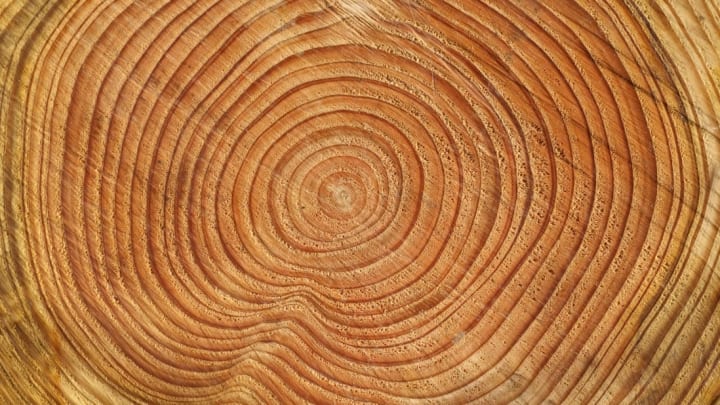On October 30, 1962, a 20-year-old double bass player named Gary Karr took the stage at Town Hall in his New York City debut. During his performance of Bach and Schubert sonatas, Karr played with his eyes closed, seeming to sense the movements of the notes through his instrument. Howard Klein, a critic for The New York Times, praised Karr's "hard-won and superb technique" and innate feel for the bass. "He played it in a way that few bassists even dreamed of," Klein wrote.
In the audience, Olga Koussevitzky sat transfixed. Later, she described seeing the ghost of her husband, Serge Koussevitzky—the legendary director of the Boston Symphony Orchestra and one of the greatest bassists who ever lived—embrace Karr on stage.
The experience prompted her to give the young musician her late husband's treasured double bass, now called the Karr-Koussevitzky bass. In 2004, when Karr retired from performing, he had it appraised—and realized it was not what it seemed. According to Discover, a team of dendrochronologists—scientists who study tree rings—found that the storied instrument had an unknown past.

Serge Koussevitzky bought the bass in the early 20th century and believed that it had been made by the famed Amati brothers in 1611. Antonio and Girolamo Amati were contemporaries with the master violin maker Antonio Stradivari—in fact, Stradivari learned the craft from Girolamo Amati's son Nicolò. The brothers had a workshop in Cremona, Italy, that turned out beautiful and highly coveted stringed instruments, including violins, violas, and cellos—but very few, if any, double basses. The latter instruments are more than 6 feet tall and resonate an octave deeper than cellos, and because of their huge size and structure are considered difficult to master.
Karr, renowned as the greatest bassist of the 20th century, built his career on Koussevitzky's instrument and played it for more than 40 years. But when Karr had the instrument examined, three experts concluded that it could not have been made by the Amati brothers. They said its technical characteristics were more in line with instruments made in France around 1800. Without the Amati pedigree, the bass could be appraised at a lower value—so they brought in the tree scientists.
Henri Grissino-Mayer from the University of Tennessee and Georgina G. Deweese of the University of West Georgia analyzed the rings in the bass's wood, and then compared the pattern to four reference tree-ring chronologies of European species. They were able to discern a 317-year age sequence in the wood, with rings dating from 1445 to 1761, indicating that the tree was harvested sometime after 1770. (Instrument-makers tended to strip off some of the outer layers of wood to make it more pliable.)
The researchers also suggested that the spruce tree from which the bass was made came from an alpine area of western Austria. From those clues, they concluded it was not crafted by the Amati brothers, but by a French maker in the late 18th century from Austrian lumber.
Nevertheless, the instrument remains revered thanks to its history alongside two of history's greatest bassists. Karr donated the instrument to the International Society of Bassists so that musicians can continue to play and learn from it. "I am determined to honor the original intentions of Olga Koussevitzky to present the double bass as a gift," Karr said at the time of the donation, "and it is my wish that the instrument leave my possession in the same manner."
